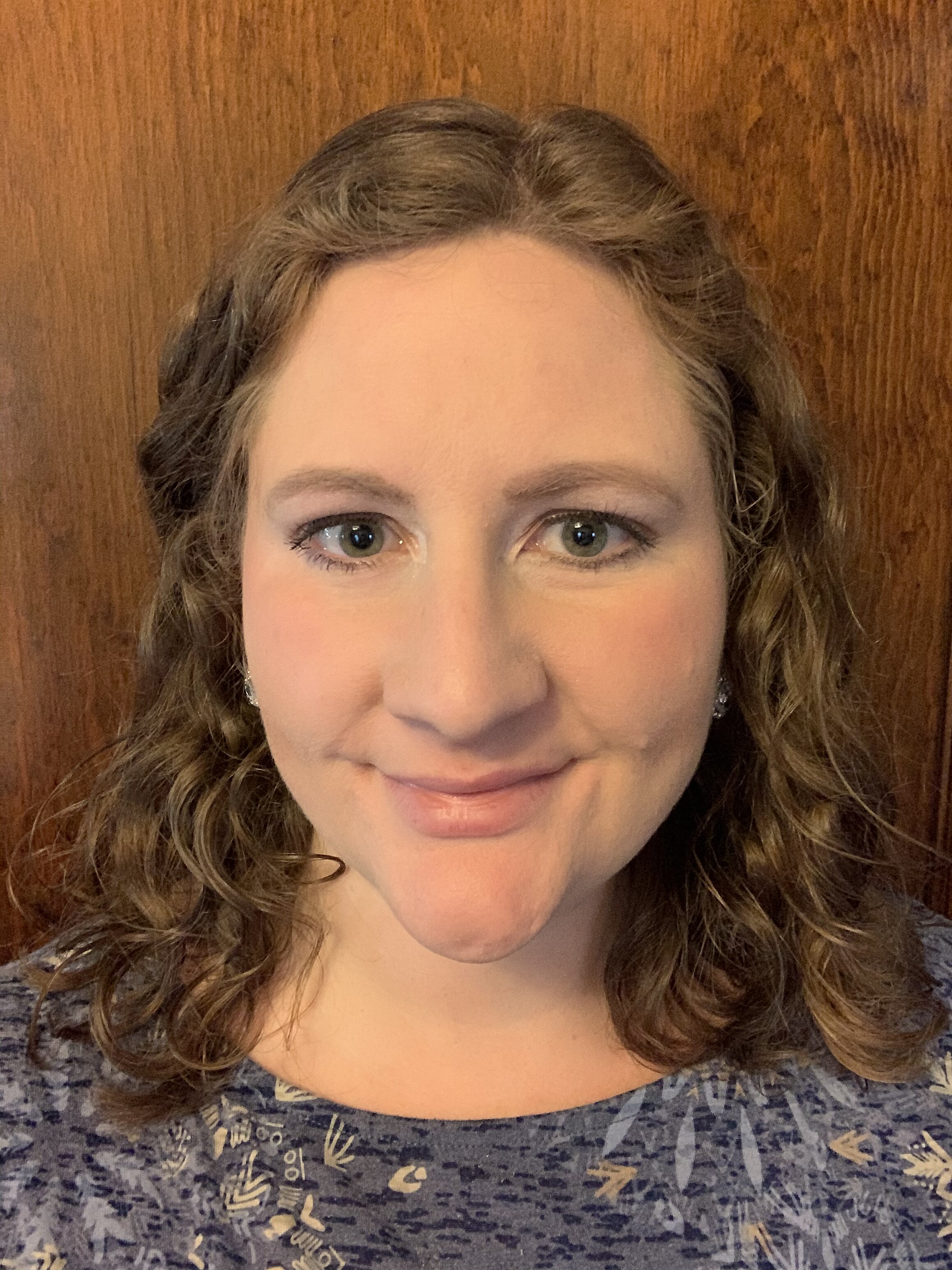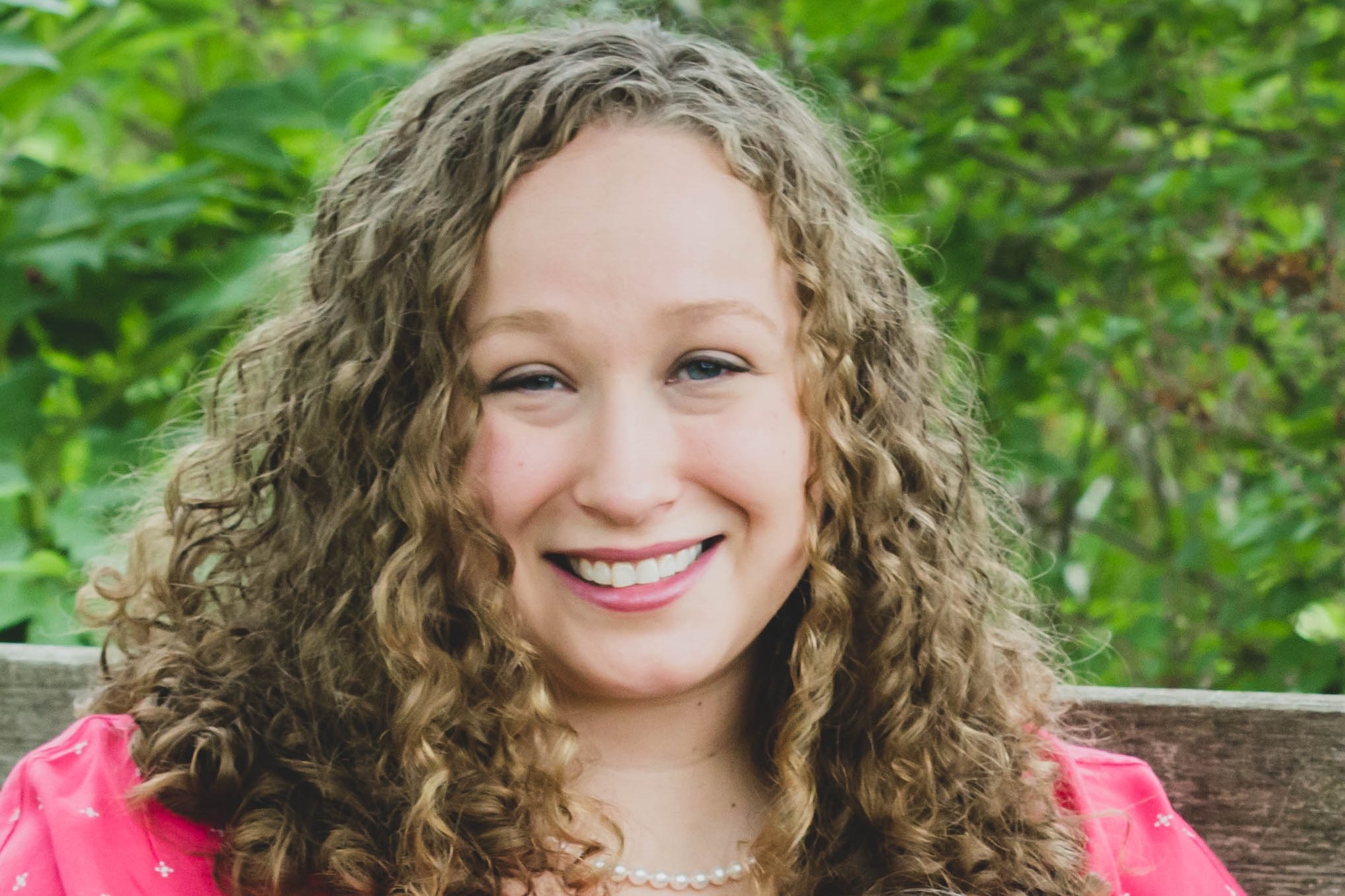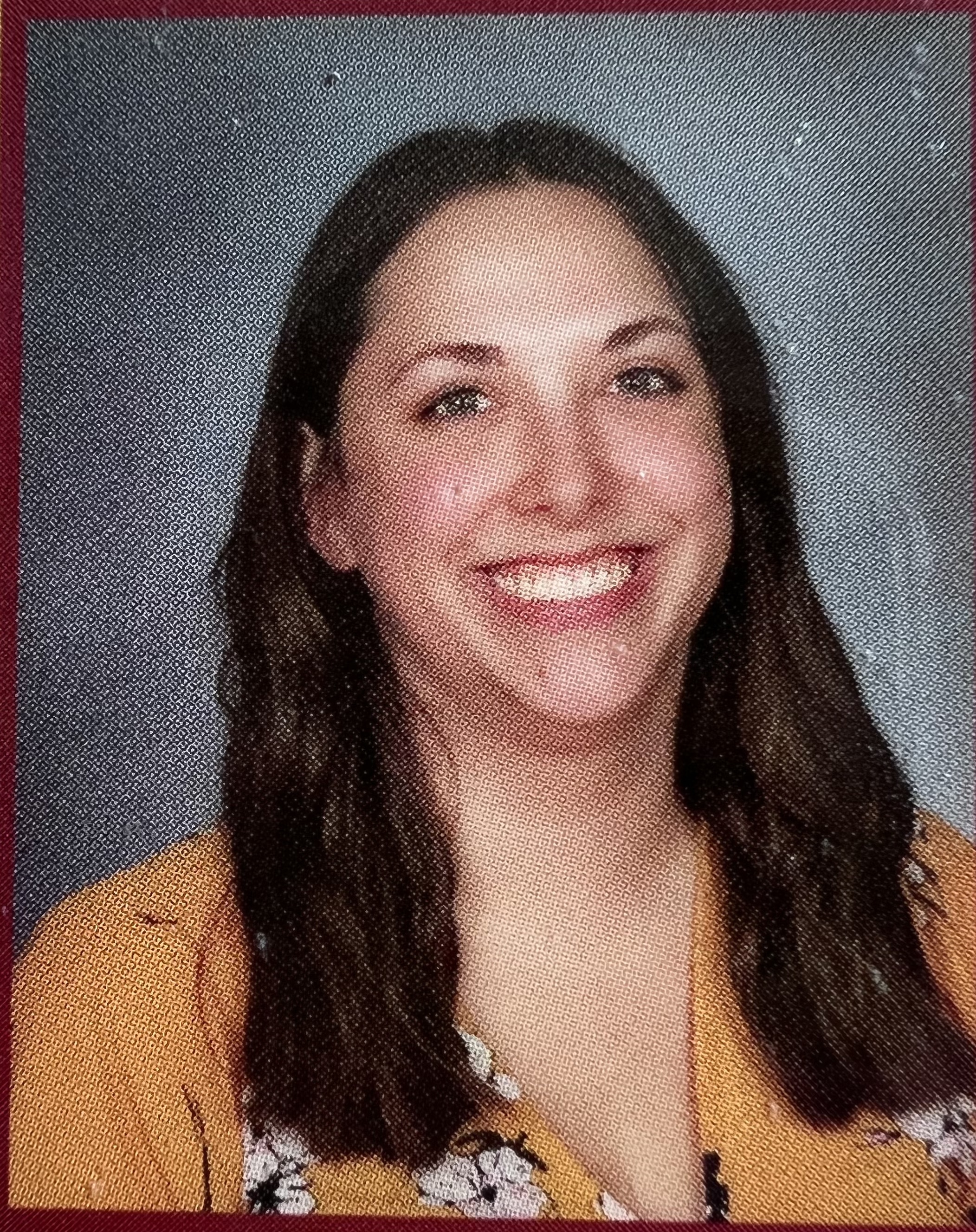Volume XI: 2021
Elyse R. Bulla
The Impact of Teaching Soft Skills on the Ability Levels of 12th Grade Students

Abstract
The purpose of this study was to find out if teaching certain specific soft skills (leadership, communication, and teamwork) increase students’ ability levels in those areas. It was hypothesized that being specifically taught about and given chances to practice leadership, communication, and teamwork would increase students’ skill levels in those areas. The research question that guided the study is as follows: Does specific teaching about certain soft skills (leadership, communication, and teamwork) increase students’ ability levels in those areas? Eighteen 12th grade students from two classes, ages 17 and 18, participated in the study for six weeks. Participants rated themselves on three skills (leadership, communication, and teamwork) at the beginning and end of the study. The researcher also rated participants on those skills at the beginning and end of the study. The participants also completed a pre- and post- open-ended survey about the three skills. In addition, the researcher also used an observation checklist to monitor behaviors of the soft skills during the six weeks of the study. Each of the three skills showed gains when post scores were compared to pre-scores. Communication in particular showed the highest gains (student rating, increase of 0.61; teacher rating, increase of 1.5; and observation, increase of 1.28).
About Elyse
Elyse Bulla is a high school business teacher in a rural community. She holds a BS in Marketing from Eastern Illinois University, a Master's degree in Marketing Research from Southern Illinois University Edwardsville, and a master's degree in Education from Eastern Illinois University. Elyse worked in marketing research for five years prior to returning to school to become a teacher. Her research is based on the gaps she sees between the classroom and the real world.
Alyssa N. Walser
Impact of Gender in Homework Completion on High School Science Students’ Grade and Achievements

Abstract
The purposes of this study were to determine if there were differences in the completion of homework between male and female student participants and to ascertain if these differences influenced summative assessment scores of participants of each sex. This study is focused on two research questions: Does homework completion differ between male and female students? Do students who complete homework have higher scores on summative assessments? Sixty-one freshman and sophomore students from a Biology course participated in the study to evaluate these research questions. Fifteen homework assignments and two summative assessments were evaluated over the course of the six-week study. It was hypothesized that a higher rate of homework completion would lead to higher summative assessment scores, and that female students would show a higher rate of homework completion. Female participants did have higher homework completion and scores each week with females having 88% mean completion and males having 85% mean completion, but did not have higher summative assessment scores than the male participants. Female mean assessment scores were 72.7% and male mean assessment scores were 74%. It is imperative that educators are mindful when assigning homework and evaluating homework practices to best support student learning.
About Alyssa
Alyssa Walser is a high school life sciences teacher in Peoria County, Illinois, who started teaching during the 2009-10 school year. She attended Eastern Illinois University for both undergraduate and graduate education. She holds four degrees including a BS in Biology (2009), a BS in Secondary Education for Science (2009), an MS in Natural Sciences specializing in Biology (2013), and an MS in Curriculum and Instruction (2021).
Haley Schwartz
Play-Based Instruction Versus Teacher-Directed Instruction in Kindergarten

Abstract
The purpose of this study was to compare play-based instruction with teacher-directed instruction in a kindergarten classroom regarding student interest level, engagement, and motivation of learning. Seventeen students took part in this study for 6 weeks. Three weeks of this study consisted of teacher-directed instruction, and 3 weeks consisted of play-based instruction. The study was done during the researcher’s theme time, which was 4 days a week for 30 minutes each. The teacher-directed portion of the study consisted of whole-group and independent work, worksheets, and teacher-led experiments. The play-based portion of the study consisted of hands-on experiments, small group work, and collaboration. The researcher hypothesized that student engagement, interest, and motivation would be higher during play-based instruction. The researcher took observational notes during theme time. At the end of each week, the students took a simple survey about how they felt about the work done during the week. Also, the researcher interviewed small groups of students each week. Overall, the majority of the students preferred play-based instruction over teacher-directed instruction
About Haley
I graduated in 2014 with my Bachelor’s in Elementary Education from Northern Illinois University in DeKalb, Illinois. I began teaching kindergarten in Northern Illinois then moved down to Central Illinois where I taught kindergarten for five more years. I am currently in my second year of teaching second grade. I started at Eastern Illinois University in 2019 and graduated with my Masters in Curriculum and Instruction in 2021.
Hailee Kaleta
The Impact of Resiliency Based Teaching Strategies on Students with Disabilities

Abstract
The purpose of this study was to determine if resiliency-based teaching strategies increase resiliency in participants with disabilities by having student take a resiliency survey after resiliency interventions were implemented. Additionally, the researcher wanted to see how students with disabilities growth compared to students without disabilities. Two research questions guided this study: Does the use of resiliency-based teaching strategies affect resiliency in participants with disabilities? And does the use of resiliency-based teaching strategies impact participants differently depending on whether they have a disability or not? It was hypothesized that implementing resiliency-based teaching strategies will improve resiliency in participants with documented disabilities. It was also hypothesized that when resiliency-based teaching strategies are implemented, participants with disabilities will show equal if not more growth than participants without disabilities. Twenty-six tenth and eleventh grade students from four of the researcher’s co-taught English II and III basic classes participated in the six-week study with both participants with and without disabilities receiving the intervention and testing. The researcher used various forms of research-based resiliency teaching strategies as the intervention but used one instrument throughout the six-week period. The Connor-Davidson RISC-25 resiliency survey was used to document participant’s resiliency throughout this study. The participants with disabilities showed an average of 14.1-point increase in their pretest and posttest scores. In addition, participants without disabilities showed an average of 11.2-point increase in scores. This shows that students with disabilities have an average of 2.9-point higher resiliency than participants without disabilities.
About Hailee
Hailee earned her Bachelor's degree in Special Education from Bradley University and a Masters in Curriculum and Development with an emphasis on leadership from Eastern Illinois University. I have been working at Limestone Community High School in Bartonville, Illinois, for six years now. I teach special education English as well as co-teaching regular division classes. I have served on the College and Career Readiness Board at the high school as well as coach for the school Boys and Girls Soccer team. I currently am going on my second year within the school as a mentor to new teachers.